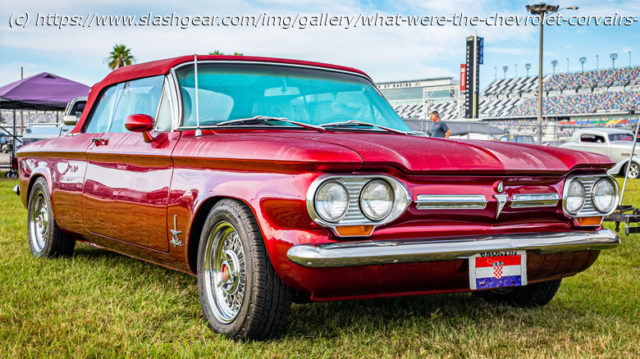While Chevrolet had good intentions, the Corvair was an epic failure. Here’s the biggest problems that forced the company to stop making them.
The Chevrolet Corvair, one of the strangest Chevrolets ever built, was an American take on the Volkswagen Beetle. Like the Beetle, it had an air-cooled engine in the rear. Unlike the Beetle, it featured contemporary styling, had a larger, more powerful flat six-cylinder engine (compared to the Beetle’s flat four), and seating for six people. The Corvair was intended to be better than the Beetle in every way that mattered to Americans. By 1961, the Corvair lineup included sedan, coupe, station wagon, window van, panel van, and pickup truck.
Unfortunately, the Corvair story did not end happily. A combination of problems, ranging from cost-cutting decisions to a ham-handed attempt to discredit automotive safety crusader Ralph Nader, brought an end to a car that could have been developed into an engineering masterpiece. The introduction of the Ford Mustang and the subsequent ponycar craze also drew attention (and sales) away from the Corvair.
In a different world, the Corvair might have evolved to rival the Porsche 911 (first shown three years later in 1963) as a rear-engined sports car. By the time the Corvair had reached its second generation (1965-69 models), it had all the basic ingredients. These included a redesigned suspension and a turbocharged engine with 180 horsepower. Pretty good for the 1960s and an over a decade ahead of Porsche on turbocharging.The Chevrolet Corvair’s biggest problems
The first-generation Corvair (1960-64) featured single-jointed swing axles in its rear suspension, following the design of the first Volkswagen Beetle.
Домой
United States
USA — IT What Were The Chevrolet Corvair's Biggest Problems & Why Did Chevy Stop...






